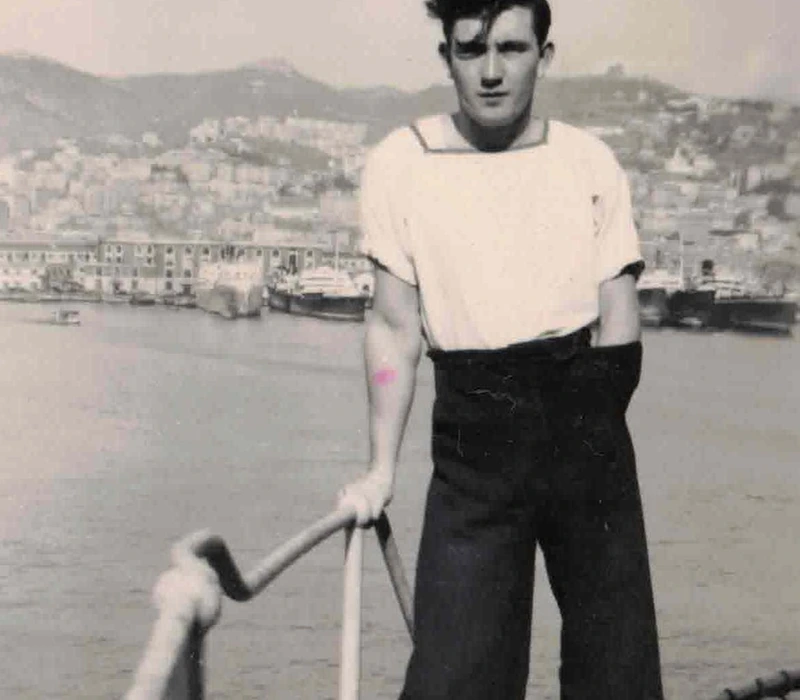A generation of service and sacrifice
As we mark 60 years since National Service officially ended we celebrate and remember a generation of men for whom conscription was an everyday part of life growing up.
Between the end of the Second World War and May 1963, when the last serviceman was demobbed, more than 2 million men took part in National Service.
Following the war there was a growing demand for military resources in Britain to retain the Empire and contribute to the occupation of Germany and Japan. Britain was a very different place and low birth rates in the 1930s meant there were fewer young men available for military service.
Explore the Remembering National Service exhibition at the National Memorial Arboretum
Click on the screen below to navigate through the anniversary exhibition and find out more about National Service life.
The 1947 National Service Act (amended in 1948 and implemented in January 1949) provided a solution to this manpower shortage. It meant that men aged 18–26 were required to serve in the Armed Forces for 18 months.
The roles were varied, with posts in the UK and in British garrisons around the world. From fighting on the front line to working as clerks, carrying out sentry duty or teaching in the Education Corps, it was a task far removed from life at home.
For many, it was the first time they had lived away from their family, let alone left the country, so National Service provoked mixed emotions.

They never let you be idle. At dawn you were scrubbing decks. We used to scrub decks in bare feet in winter.Harry CornforthRoyal Navy, National Service 1949–1951
Basic training during National Service
Between 1947 and 1963, more than two million men in the UK were conscripted into service. Here we revisit their recollections of basic training, the starting point for every serviceman.


